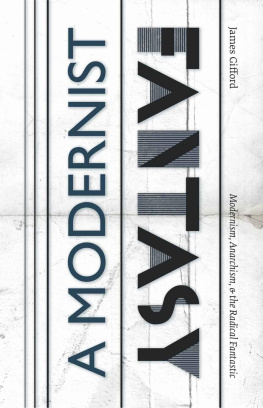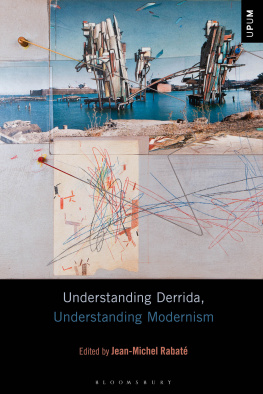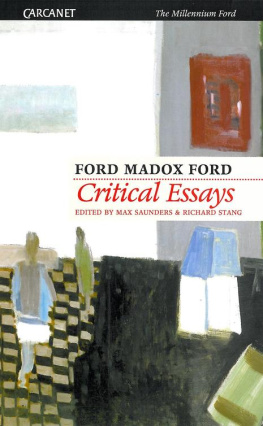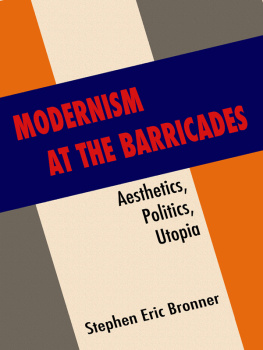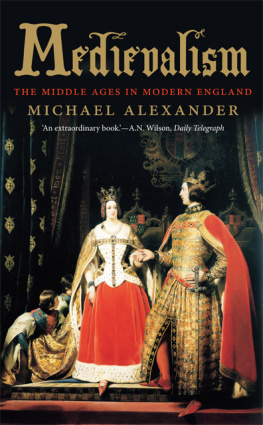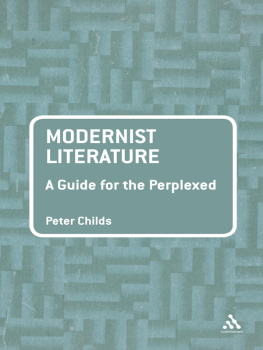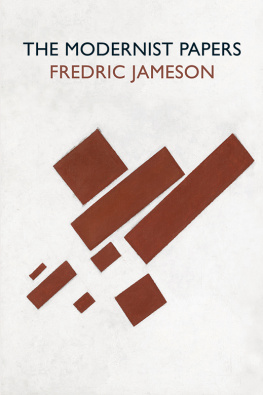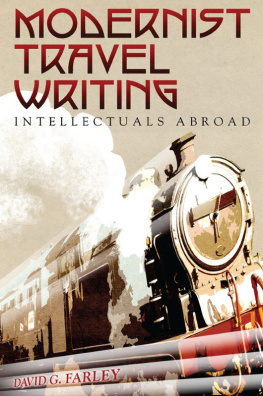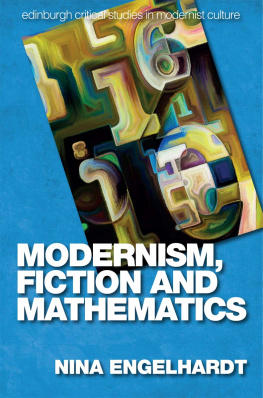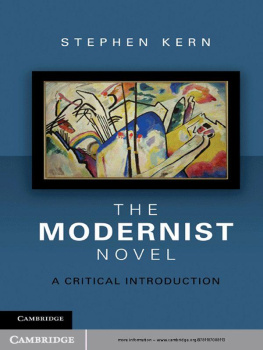
CONTENTS
Guide
Pages
BLACKWELL HISTORIES OF LITERATURE
General editor: Peter Brown, University of Kent, Canterbury
The books in this series renew and redefine a familiar form by recognizing that to write literary history involves more than placing texts in chronological sequence. Thus, the emphasis within each volume falls both on plotting the significant literary developments of a given period, and on the wider cultural contexts within which they occurred. Cultural history is construed in broad terms, and authors address such issues as politics, society, the arts, ideologies, varieties of literary production and consumption, and dominant genres and modes. The effect of each volume is to give the reader a sense of possessing a crucial sector of literary terrain, of understanding the forces that give a period its distinctive cast, and of seeing how writing of a given period impacts on, and is shaped by, its cultural circumstances.
Published to date
Seventeenth-Century English Literature
Thomas N. Corns
Victorian Literature
James Eli Adams
Old English Literature, Second Edition
R. D. Fulk and Christopher M. Cain
Modernist Literature
Andrzej Gsiorek
Forthcoming:
Eighteenth-Century British Literature
John Richetti
Romantic Literature
Frederick Burwick
A HISTORY OF MODERNIST LITERATURE
Andrzej Gsiorek
This edition first published 2015
2015 Andrzej Gsiorek.
Registered Office
John Wiley & Sons, Ltd, The Atrium, Southern Gate,
Chichester, West Sussex, PO19 8SQ, UK
Editorial Offices
350 Main Street, Malden, MA 02148-5020, USA
9600 Garsington Road, Oxford, OX4 2DQ, UK
The Atrium, Southern Gate, Chichester, West Sussex, PO19 8SQ, UK
For details of our global editorial offices, for customer services, and for information about how to apply for permission to reuse the copyright material in this book, please see our website at www.wiley.com/wiley-blackwell.
The right of Andrzej Gsiorek to be identified as the author of this work has been asserted in accordance with the UK Copyright, Designs and Patents Act 1988.
All rights reserved. No part of this publication may be reproduced, stored in a retrieval system, or transmitted, in any form or by any means, electronic, mechanical, photocopying, recording or otherwise, except as permitted by the UK Copyright, Designs and Patents Act 1988, without the prior permission of the publisher.
Wiley also publishes its books in a variety of electronic formats. Some content that appears in print may not be available in electronic books.
Designations used by companies to distinguish their products are often claimed as trademarks. All brand names and product names used in this book are trade names, service marks, trademarks or registered trademarks of their respective owners. The publisher is not associated with any product or vendor mentioned in this book.
Limit of Liability/Disclaimer of Warranty: While the publisher and author have used their best efforts in preparing this book, they make no representations or warranties with respect to the accuracy or completeness of the contents of this book and specifically disclaim any implied warranties of merchantability or fitness for a particular purpose. It is sold on the understanding that the publisher is not engaged in rendering professional services and neither the publisher nor the author shall be liable for damages arising herefrom. If professional advice or other expert assistance is required, the services of a competent professional should be sought.
Library of Congress Cataloging-in-Publication Data
Gasiorek, Andrzej, 1960
A history of modernist literature / Andrzej Gasiorek. First edition.
pages cm. (Blackwell history of literature ; 7)
Includes bibliographical references and index.
ISBN 978-1-4051-7716-0 (hardback)
1.Modernism (Literature)England. I.Title.
PR478.M6G38 2015
820.9112dc23 2014039727
A catalogue record for this book is available from the British Library.
Cover image: Wyndham Lewis, Dancing Figures, 1914. Private collection. The Wyndham Lewis Memorial Trust / Bridgeman Images
I began at the beginning, like an old ballocks, can you imagine that?
(Samuel Beckett)
He who represents the course of a human life, or a sequence of events extending over a prolonged period of time, and represents it from beginning to end, must prune and isolate arbitrarily.
(Erich Auerbach)
Preface
This book is a history of modernism and is intended for all readers who have an interest in the subject. It begins in the 1890s and concludes in the early 1940s, although it touches on what may be called the persistence of modernism well beyond the 1940s. Unlike the other volumes in the Blackwell Histories of Literature, this book deals with a limited concept, not with a historical period as a whole. It therefore makes absolutely no attempt to cover all the literature written in England in the first four decades of the twentieth century but is highly selective, concentrating on the major works that contributed to the making of modernism. This means that a good deal of interesting writing from the period is necessarily omitted, but the consequent narrowness of approach, which is inevitable in all studies of this kind, ensures that the specific topic under consideration modernism is brought into sharper focus.
The concept of modernism is an unstable one. It has been much debated, almost from the moment the term first came into use, and it has a complex history of changing and expanding designations, which range from formalist definitions that see it in terms of literary innovation through to historicist accounts that conceive it in broader terms as an engagement with modernity. I address this problem of definition in my Introduction, but it needs to be pointed out here that modernist innovation takes place on a continuum and that in some instances we are dealing with highly experimental texts, which challenge existing literary conventions in bold ways, while in other cases we are engaging with more familiar works, which are less obviously radical at a formal level. It should also be recognised that individual authors are not consistently experimental and that if at certain phases of their careers their writing is formally exploratory and original, then at others it may be conventional and traditional. This book attends closely to these variations, seeing them as an integral feature of modernism, which, it argues, needs to be conceived not as a unitary phenomenon but as a set of unfolding and contradictory artistic practices that are in constant debate with one another and that are internally unstable. Instability, indeed, is at the heart of modernism in all its forms.
Whatever the disagreements among scholars about modernisms exact characteristics and parameters, it is commonly agreed that it was a transnational and multi-art movement. It is inconceivable without the interactions that took place among the various actors, artists, choreographers, composers, critics, dancers, film directors, musicians, sculptors, theatre practitioners, and writers at a time of unprecedented change, which was experienced as a source of exhilaration and anxiety. This means that it makes no sense to talk of a specifically English modernism. Literary modernism (like all other modernisms) from the outset was created by writers of different national backgrounds; its emergence and development in England was bound up with the ground-breaking work of two American poets and critics (T. S. Eliot and Ezra Pound), a Polish novelist writing in English (Joseph Conrad), an Irish novelist (James Joyce), a Canadian-born painter and writer (Wyndham Lewis), and an Irish poet (W. B. Yeats). These figures had a decisive influence on modernism; without them, it could not have made the cultural inroads that it managed to make, against concerted opposition, in a country that was quick to dismiss it as mere blather. But the aforementioned writers were by no means the only significant modernists. Such figures as Mary Butts, Edward Gordon Craig, Nancy Cunard, Ford Madox Ford, E. M. Forster, David Gascoyne, Terence Gray, T. E. Hulme, Humphrey Jennings, D. H. Lawrence, Katherine Mansfield, Una Marson, Claude McKay, Jean Rhys, Dorothy Richardson, and Virginia Woolf also played a key role in the development of modernism in England. This book deals extensively with the work of all these writers. By doing so, it attempts to show that modernism in England was the product of numerous (and often overlapping) collaborations, interactions, and mutually influencing practices, but also that it was characterised by a very wide range of forms and styles.
Next page

